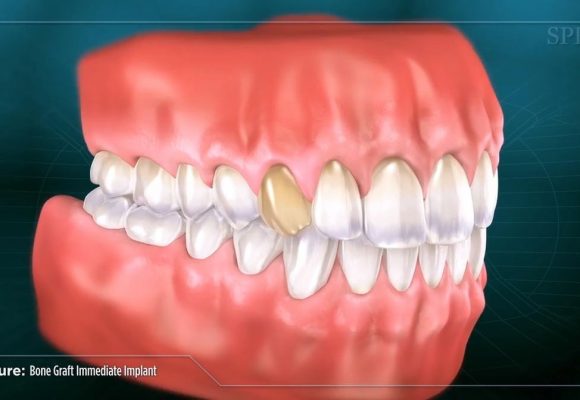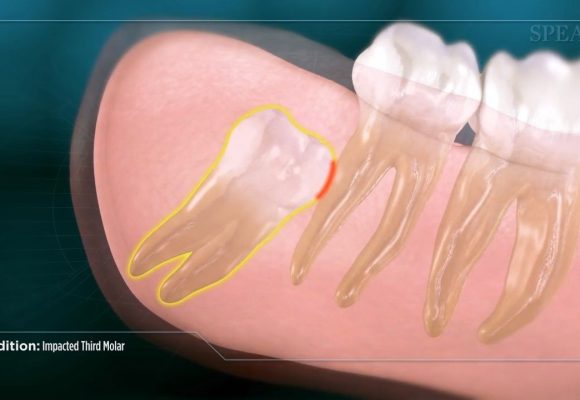When a 3rd molar, or wisdom tooth, becomes impacted or oriented in a way that jeopardizes the health of your surrounding teeth, bone, and tissue, your doctor may recommend extracting it. If the tooth requires surgical access to be removed, your doctor will likely perform what is called a surgical extraction.
During a surgical extraction, your dentist numbs the area and uses hand instruments to clear a path in the surrounding tissue to ease the removal of the tooth. Sometimes this also includes removing bony obstructions or dividing the tooth into smaller pieces to facilitate the extraction.
After the tooth has been removed, your dentist will clean the area and may suture it closed to allow for healing. They will monitor your progress and advise you when the area has sufficiently healed. With the wisdom tooth removed, the potential damage to the surrounding teeth, bone, and tissue has been eliminated as well as any threat of infection.
Copyright © 2018 Spear Education. All rights reserved.
Related Articles

Bone Graft with Immediate Implant Placement
In cases where a tooth is lost and a dental implant is needed, your doctor…
Read more
Impacted Third Molar
Typically in the late teens to early twenties, the third set of molars, or wisdom…
Read more
